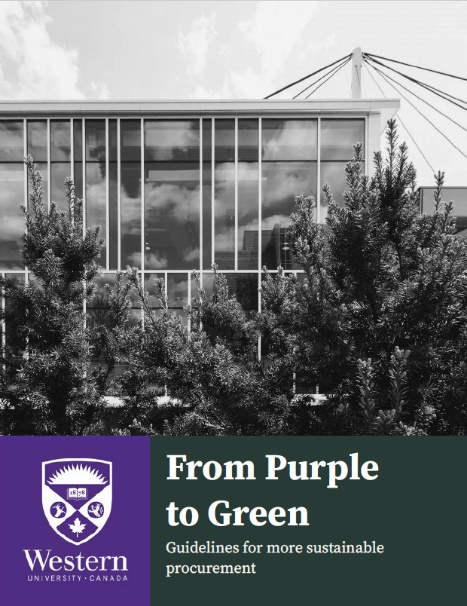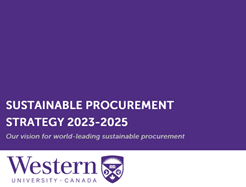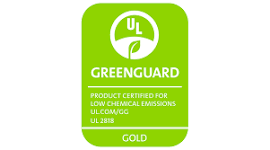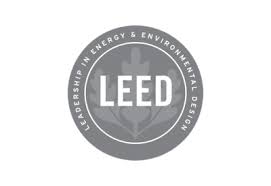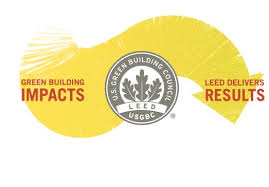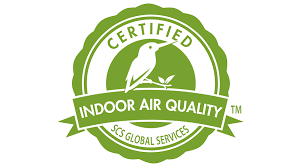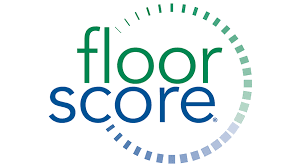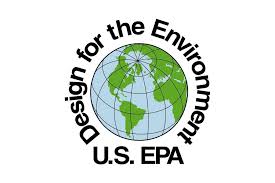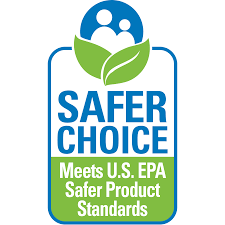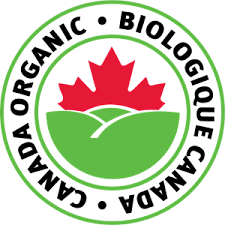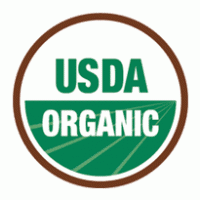Sustainable Procurement
Every dollar that Western spends has social, environmental, and ethical impacts—both positive and negative. Western has the responsibility and opportunity to create positive change through purposeful and pro-active spending and supplier relations. Western is committed to developing a sustainable Procurement Program to help guide Western in transforming our procurement activities and supplier engagement to act as critical enablers in achieving our environmental, social and governance goals.
Training and Guides
Sustainable Procurement Guide
To learn key practices and guidelines in Sustainable Procurement and how to navigate our website and web resources, click here to view the Sustainable Procurement Guide.
Modern Slavery Awareness - Building Ethical Procurement Practices at Western
To learn about the risks of modern slavery in global supply chains and the importance of ethical sourcing in procurement, complete the online module, Modern Slavery Awareness: Building Ethical Procurement Practices at Western. This course should be taken by any staff who perform procurement activities at Western.
Modern Slavery Awareness - Building Ethical Procurement Practices at Western
Product Factsheets
Our Sustainable Procurement Mission and Vision
Our Program mission and vision will drive the development and implementation of sustainable procurement practices towards a future state where Western’s procurement is leveraged to establish a position of leadership in the higher education industry for sustainability.

Our Sustainable Procurement Strategy
To guide Western in achieving our vision of world-leading sustainable procurement we have developed a Sustainable Procurement Strategy. The Strategy sets out our framework, goals and tactics. This strategy is currently being updated for the current term to align with the University's forthcoming Climate and Sustainability Strategy.
Western’s Sustainable Procurement Guidelines
With our supply chain having a significant impact on Western's environmental footprint, every Western staff and faculty member involved in making purchasing decisions has a role to play in our sustainability journey.
Procurement Services and Sustainability have developed guidelines which serve to complement Western’s Procurement Policy in helping members of the University community make sustainable and responsible purchasing decisions.
The guide has been designed modularly and can be read as one complete guide or as stand-alone tip and fact sheets. You can download the full guidelines HERE or click the tabs below for quick access to the information you need.
Additional Information and Resources
What do we mean by Sustainable Procurement?
Sustainable Procurement means making sure that the products and services we buy are as sustainable as possible, with the lowest environmental impact and most positive social results, while achieving best overall value. Sustainable procurement embeds relevant sustainability considerations into processes for selecting goods and services, alongside traditional considerations like price, quality, service, and technical specifications.
In practice, this means considering sustainability in every stage of purchasing. This includes considering alternatives to purchasing such as repairing or reusing current inventory, considering a productʼs full life cycle and how the product will be disposed of at the end of its useful life and considering sustainability risks and opportunities for a productʼs materials, its manufacturing process and its delivery.
What are our sustainable procurement priorities?
Every procurement has a different set of environmental, socio-economic, and governance (ESG) related risk or opportunities.
We encourage staff to consider all ESG elements relevant to the procurement at hand. However, in line with Western's Sustainable Procurement Strategy and Western's Strategic Plan Towards Western at 150, the following issues are of immediate priority.
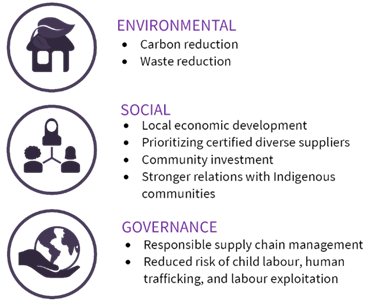
What is Western's Supplier Code of Conduct (SCoC)?
Western University is committed to sourcing in an ethical, legally compliant, and socially responsible manner. The University expects its suppliers to adhere to equivalent standards and to affirm their compliance with the standards in this SCoC and ensure the standards are being upheld by any of their subcontractors. Western University Supplier Code of Conduct (SCoC).
Western University encourages anyone, including suppliers, their employees, or community members, to report any concerns related to ethical or human rights violations within our supply chains. Reports may cover issues such as forced labour, child labour, unfair treatment, or violations of Western’s Supplier Code of Conduct.
All reports will be treated confidentially and managed promptly by Western’s Procurement Services. To report a concern, please contact us directly via email: procurement@uwo.ca
Why is sustainable procurement important?
Sustainability is centered as an imperative and a strategic priority for Westernʼs future in our Strategic Plan Towards Western at 150. Embracing sustainable procurement through our everyday purchases provides an opportunity for staff and faculty members across campus to contribute our sustainability goals.
Additionally, sustainable procurement can help to satisfy the growing demand for environmentally responsible and ethically conscious practices from students, the public, and staff. It can also bolster Westernʼs position as a sustainability leader and mitigate risks associated with our global footprint.Sustainability in Action - Western's Success Stories
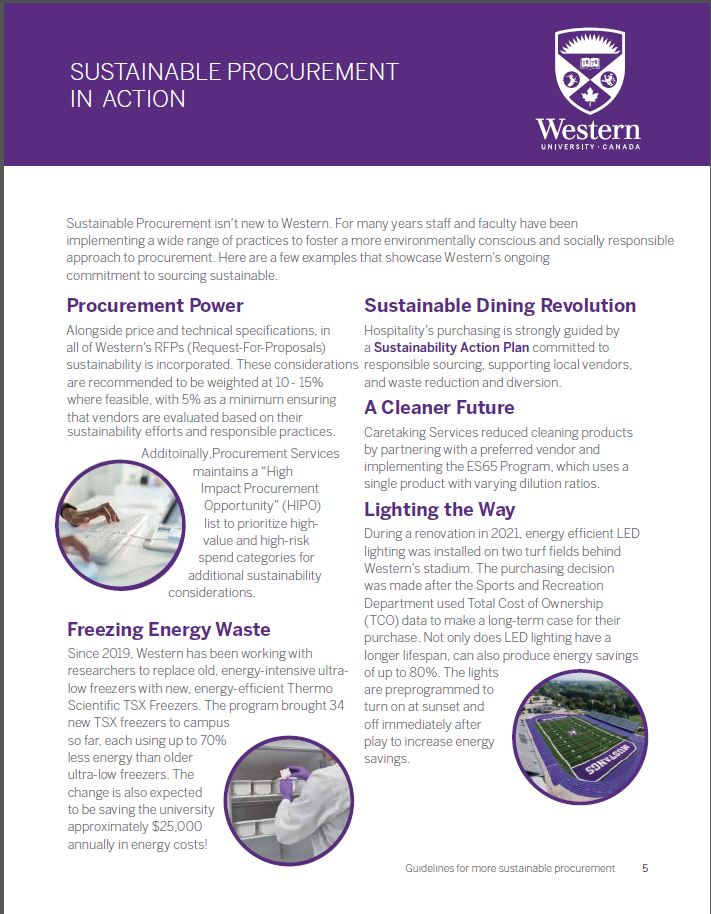
Before you Buy
The most sustainable purchase is the one we never make! The first step in the sustainable
procurement decision is to ask yourself, “Do I really need to buy this?”. Each stage of product
development, manufacturing, use, and disposal has big impacts. Rethink your true needs and aim
to reduce consumption wherever you can. Simple changes can have a big difference. For example,
printing double-sided cuts your need for office paper in half.
Before you buy ask yourself these 5 important questions
| 1 |
Do I actually need to purchase this item? The best time to influence the sustainability of your purchase is before you buy. Set aside some time to consider; what need are we supporting?. This is where some creative thinking, planning and research can help you make a more sustainable choice. |
| 2 | Is there an alternative approach? Think about the intention of the purchase and ask, "What is the best strategy to fulfill this intention?" Is there opportunity to procure a service instead of a product? You may find that a service provider can meet your need more sustainably (and often at lower cost) than purchasing and maintaining a product. |
| 3 |
Is the good or service seasonal or temporary? If so, can it be rented instead of owned? You may ask your colleagues: could the need be met with existing (repurposed) resources? Plan your purchases strategically so that they are sustainable and deployed towards your team's priorities. |
| 4 |
Have I used this to the end of its useful life? You may be able to extend the lifespan of your current assets or have hem repaired or refurbished instead of replaced. Bonus if the repair supports enterprise and employment in your community. |
| 5 |
Can I reduce my rate of consumption? What is the minimum amount necessary to meet your need? This can help right-size your order, so your footprint is as small as possible. Check your inventory and plan for upcoming needs that will require specific materials and supplies. You are looking for the sweet spot where you can obtain discounts from an increased order size, while avoiding any increased waste. |
Tips for total cost ownership
When making a purchase, it’s crucial to factor in not just the initial cost but also any post-purchase
costs like maintenance and operation expenses. A Total Cost of Ownership (TCO) assessment
evaluates the profitability and sustainability of purchases throughout the entire product lifecycle,
taking into account the financial costs incurred at each stage. Social and environmental impacts like
energy consumption, worker safety, and waste disposal are among the additional costs that TCO
considers. Utilizing TCO in procurement can benefit both our finances and our sustainability efforts.
6 Steps to TCO
1. Define the scope: Identify your needs, prioritize objectives, and verify the resourcing available.
2. Identify costs: Determine all associated costs, including upfront costs and those more hidden.
3. Ask your vendors: If possible, ask vendors to provide data on the life cycle costs of the product.
4. Make the calculation: Use the gathered data to calculate the total cost of each option.
5. Make the decision: Weigh the costs and benefits to arrive at a final decision.
6. Measure the Impact: After implementation, monitor and evaluate the impact of the decision.
When to use TCO?
• When procuring a product, not a contract with multiple products.
• When procuring products that use resources and create waste (energy, water, etc.).
• For products that are disposable but have reusable alternatives.
• Products requiring regular maintenance or replacement.
Eco-Labels & Supplier Certifications
Eco-labels, or certifications, provide information about the environmental, social, or ethical impacts associated with the production or use of a product or service, and verify that a product meets or exceeds a set of standards. Companies certify their products on a voluntary basis to demonstrate corporate responsibility and distinguish the quality of their brand.
When purchasing, eco-labels are great specifications to request from suppliers during competitive bids or to look for when making quick decisions on products or suppliers for low value purchasing.
| Description | Characteristics |
| Type I | |
|---|---|
| Based on environmental criteria selected by an independent third-party entity. Criteria are typically developed for a specific product type such as personal computers or monitors. Products must be certified to these criteria through the third-party entity in order to be able to display the eco-label. Example: EcoLogo, Green Seal |
Criteria are usually designed to allow for only a certain portion of the total market of a given product category to qualify. Usually awarded for a fixed time period with an administrative cost or other expense involved in using the labels on products. Based on a single product attribute (recycled content or energy efficiency) or a full life-cycle assessment (LCA) of a product’s environmental impact. |
| Type II | |
| Include any kind of sustainable declaration made by manufacturers, importers, distributors or anyone else who is likely to benefit from the product’s environmental claims. Example: A manufacturer’s declaration that a product is “biodegradable.” |
Usually not independently verified by a third-party entity. No pre-determined or universally accepted criteria are used as reference points. These labels must still meet ‘truth-in-advertising’ or other product claim standards. |
| Type III | |
| Include comprehensive data lists that give environmental and social information on a product throughout its life-cycle (similar to nutrition labels on food). |
Independent bodies set the categories of information and verify the data given. Do not indicate which products in a category are better or worse; requires consumers to identify and weigh the different environmental and social risks themselves. Simply requires information disclosure (no specific criteria have to be satisfied in order to qualify for Type III Labels; all producers may use them). |
WHAT ECO-LABELS SHOULD YOU LOOK FOR?
All three types of eco-labels provide relevant information and are worth considering. However, Type I Eco-labels, in most cases, are widely available, easy to identify and certified by a third-party entity. The table below outlines several Type I Eco-labels that are commonly recognized in Canada and demonstrates which product categories they are applicable to.
This is not exhaustive list, as many additional eco-labels are available in the marketplace. Many of the following eco-labels will have product directories available through their websites. You can also check-out the following resources which provide very large databases of eco-labels, to discover what others may be relevant to your purchases:
Examples of Type I Eco-Labels
Electronics
| Product Category | Look for the logo | Details |
|
Example Products:
|
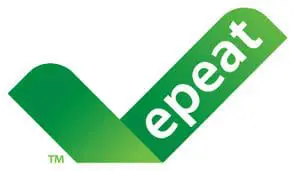 |
Electronic Product Environmental Assessment Tool EPEAT is the leading overall Type-1 ecolabel for technology products. It includes gold, silver and bronze levels and is comprehensive of many sustainability criteria at the product and organizational level. The EPEAT product registry is managed by the Global Electronics Council, registered products can be found at epeat.net. |
|
Example Products:
|
Energy Star Household and office appliances and electronics that have earned the ENERGY STAR meet strict energy efficiency guidelines set by the US Environmental Protection Agency and US Department of Energy. This logo identifies the most energy efficient equipment to guide consumers in making purchasing decisions. |
|
|
Example Products:
|
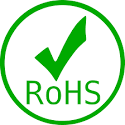 |
RoHS (Restriction of Hazardous Substances) Impacts the entire electronics industry and many electrical products. A RoHS certified product confirms that the proportion of hazardous, or difficult to dispose substances is limited to the maximum allowed and requires more environmentally friendly alternatives. |
|
Example Products:
|
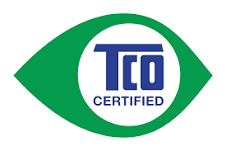 |
TCO Certified TCO is a leading, globally recognized certification for IT products that meet comprehensive environmental, human health, and social responsibility criteria across a product’s entire life cycle. |
|
Example Products:
|
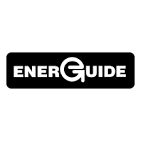 |
EnerGuide https://www.nrcan.gc.ca/energy-efficiency/energuide/12523 EnerGuide is a Natural Resources Canada initiative that helps consumers purchase the most energy-efficient equipment on the market. It shows how much energy appliances consume in a year of normal service and makes it easy to compare the energy efficiency of each model to others of the same size and class. |
Construction and Facilities Management
| Product Category | look for the logo | Details |
|
Example Products:
|
|
GREENGUARD Indoor Air Quality Certified https://www.ul.com/resources/ul-greenguard-certification-program Products that have achieved GREENGUARD Certification are scientifically proven to meet some of the world’s most rigorous third-party chemical emissions standards, helping to reduce indoor air pollution and the risk of chemical exposure to VOC’s. There are 2 tiers of certification: GREENGUARD Certification and GREENGUARD Gold Certification. All certified products are subject to a review of the manufacturing process and routine testing to help ensure minimal impact on the indoor environment. |
|
Example Products:
|
|
LEED: Leadership in Energy and Environmental Design The LEED (Leadership in Energy and Environmental Design) Green Building Rating System® is a voluntary, consensus-based national standard for developing high-performance, sustainable buildings. Members of the U.S. Green Building Council representing all segments of the building industry developed LEED and continue to contribute to its evolution.
Projects pursuing LEED certification earn points for various green building strategies across several categories based on the number of points achieved, a project earns one of four LEED rating levels: Certified, Silver, Gold or Platinum
Information can also be found on the Canada Green Building Council website. |
|
Example Products:
|
|
Scientific Certification Systems https://www.scsglobalservices.com/ The Indoor Advantage and Indoor Advantage Gold standard applies to interior furniture and building materials to ensure low VOC emissions and other air quality indicators. The standards align with both ANSI/BIFMA M7.1 and X7.1, and CA 01350 and qualifies for many building rating systems, including LEED v4, BREEAM, WELL Building, and Living Building Challenge.
FloorScore® is a related certification for hard surface flooring materials, adhesives, and underlayment. |
|
Example Products:
|
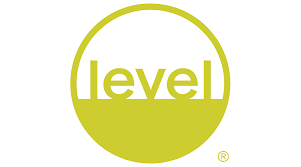 |
LEVEL® by BIFMA https://www.levelcertified.org/ An evaluation and certification system for environmentally preferable and socially responsible office furniture. The system considers corporate, facility, and product impacts across categories including materials, energy, health, and social with three performance tiers; LEVEL 1, 2, and 3. |
|
Example Products:
|
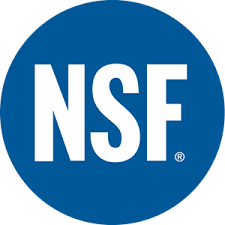 |
NSF International The NSF Mark can be found on millions of consumer, commercial, and industrial products today. Products are evaluated certified against a set of standards to help ensure health and safety for consumer and the environment. |
Janitorial Supplies
| Product Category | Look for the logo | Details |
|
Example Products:
|
|
Design for the Environment Certification (Dfe Formulator) The Design for the Environment (Dfe) Formulator was designed with the US Environmental Protection Agency to promote risk reduction through pollution prevention (also known as source reduction). EPA recognized the need to develop a cleaner, safer technologies program to work with industry to design products, processes, and technologies that are competitive but environmentally preferable. |
Office Consumables
| Product Category | Look for the logo | details |
|
Example Products:
|
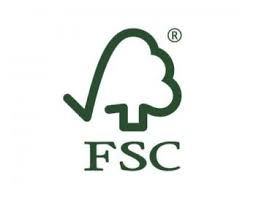 |
Forest Stewardship Council The Forest Stewardship Council (FSC) is an independent, not for profit, non-government organization that provides standard setting, trademark assurance and accreditation services for companies and organizations interested in responsible forestry products. |
Textiles
| Product Category | Look for the logo | Details |
|
Example Products:
|
 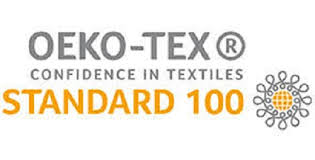 |
OEKO-TEX OEKO-TEX® provides a set of labels for textile and leather products that address testing for harmful substances as well as ecological and socially responsible manufacturing for products and production facilities.
The labels include: STANDARD 100 by OEKO-TEX®; LEATHER STANDARD by OEKO-TEX®; MADE IN GREEN by OEKO-TEX®; STeP by OEKO-TEX®; DETOX TO ZERO; ECO PASSPORT by OEKO-TEX® |
|
Example Products:
|
 |
BLUESIGN The BLUE WAY by BLUESIGN is a certification system that traces each textile’s path along the manufacturing process, making improvements at every stage to ensure worker health and safety and a cleaner environment through reducing the use of toxic chemicals and other pollution. |
|
Example Products:
|
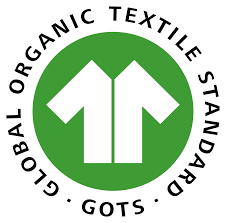 |
Global Organic Textile Standard (GOTS) Global Organic Textile Standard (GOTS) Leading certification for organic textile production. |
Food Services
| Product Category | look for the logo | details |
|
Example Products:
|
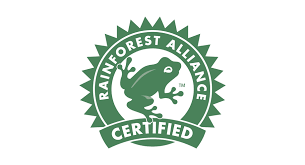 |
Rainforest Alliance Certified https://www.rainforest-alliance.org/ This certification indicates that a farm, forest, or tourism enterprise has been audited to meet standards that require environmental, social, and economic sustainability. |
|
Example Products:
|
|
Canada Organic https://canada-organic.ca/en/organic Organic production is a system of farming that replenishes and maintains soil fertility without the use of toxic and persistent synthetic pesticides and fertilizers. It encourages practices that increase biodiversity and reduce negative environmental impacts, while also supporting animal health and welfare. The Canada Organic Regime (COR) requires mandatory certification to the Canadian Organic Standards for organic products (food for human consumption, feed, and seed). You may also see the US Department of Agriculture (USDA) Organic Program (NOP) logo on Canadian shelves. |
|
Example Products:
|
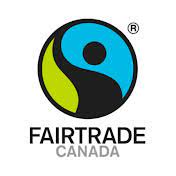 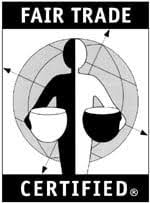 |
Fairtrade Canada In Canada, you’ll find the Fairtrade label on tropical agricultural products and artisanal products. Fairtrade Certification ensures social and environmental standards are met throughout the supply chain. Standards ensure that producers receive a fair wage and work in a safe environment. |
|
Example Products:
|
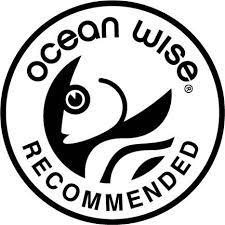 |
Ocean Wise The Ocean Wise logo can be found on menus or packaging that allows consumers to identify products that ensure the health of our oceans for generations. Ocean Wise works with their partners to ensure that they have up to date scientific information about their seafood. |
General
| Product Category | look for the logo | details |
|
Example Products:
|
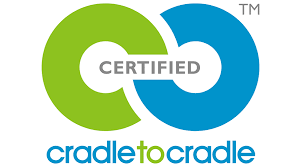 |
Cradle to Cradle® This certification is a comprehensive, science-based standard for designing and making products for the Circular Economy. The certification includes five categories: material health, circular economy, renewable energy, water stewardship, and social fairness. The certification program recognizes five levels of product achievement: Basic, Bronze, Silver, Gold, Platinum. The Cradle to Cradle Products Innovation Institute covers more than 8,000 certified products in a variety of categories |
|
Example Products:
|
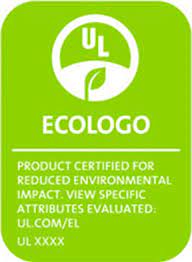 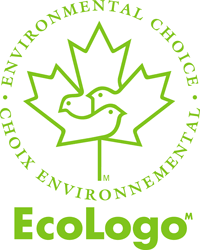 |
ECOLOGO Certification Program https://www.ul.com/resources/ecologo-certification-program The Environmental Choice Program (ECP), Environment Canada's ecolabelling program, provides a market incentive to manufacturers and suppliers of environmentally preferable products and services, and thereby helps consumers identify products and services that are less harmful to the environment.
ECOLOGO, was previously the Canadian EcoLogo Program, also referred to as “Environmental Choice,” based on the International Standards Organization ISO 14024 standard for ecolabelling and was managed by TerraChoice. |
|
Example Products:
|
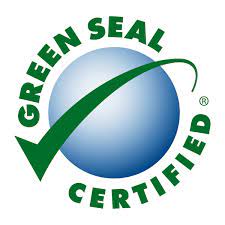 |
Green Seal Green Seal is an independent, non-profit organization that strives to achieve a healthier and cleaner environment by identifying and promoting products and services that cause less toxic pollution and waste, conserve resources and habitats, and minimize global warming and ozone depletion. |
Social Procurement
Social procurement is about using your purchasing power to support positive social and economic outcomes. At Western, this involves intentionally selecting suppliers that reflect our values and contribute to our sustainability goals. By engaging with a range of suppliers, including diverse suppliers, social enterprises, and Indigenous-owned businesses, we help advance equity, inclusion, and local economic development. Staff and faculty are encouraged to contribute to these efforts by considering who they buy from in their everyday purchasing decisions.
To learn more about Social Procurement at Western and to start engaging with social suppliers, please visit our Social Procurement website.
Working with Indigenous Businesses
Resources to find Indigenous owned businesses:
Lunch & Learn Webinar Series
Our Sustainable Procurement Lunch & Learn webinar series dives into various topics to explore the impacts your purchases have on the planet and people. Click here to learn more.
